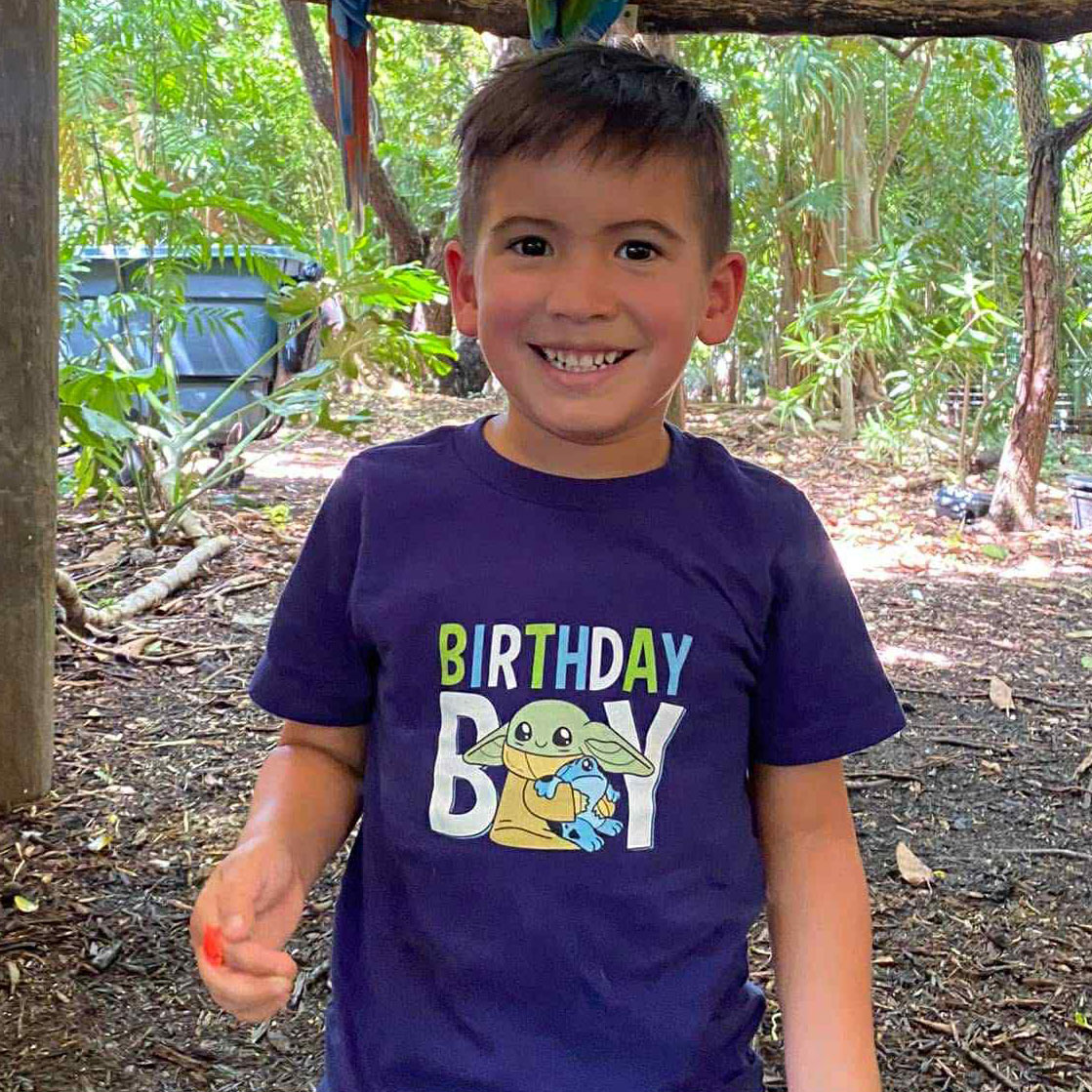Attenuated
Sanfilippo syndrome (Mucopolysaccharidosis type III or MPS III) is an autosomal recessive lysosomal storage disorder. It is primarily characterized by neurocognitive deterioration with phenotypes that can rapidly or slowly progress. However, there’s a slower-progressing course in some individuals diagnosed with the syndrome, referred to as an attenuated form of Sanfilippo. Although they have the same subtypes (A, B, C, and D), they have distinct manifestations in some children.
Attenuated Sanfilippo Child 1


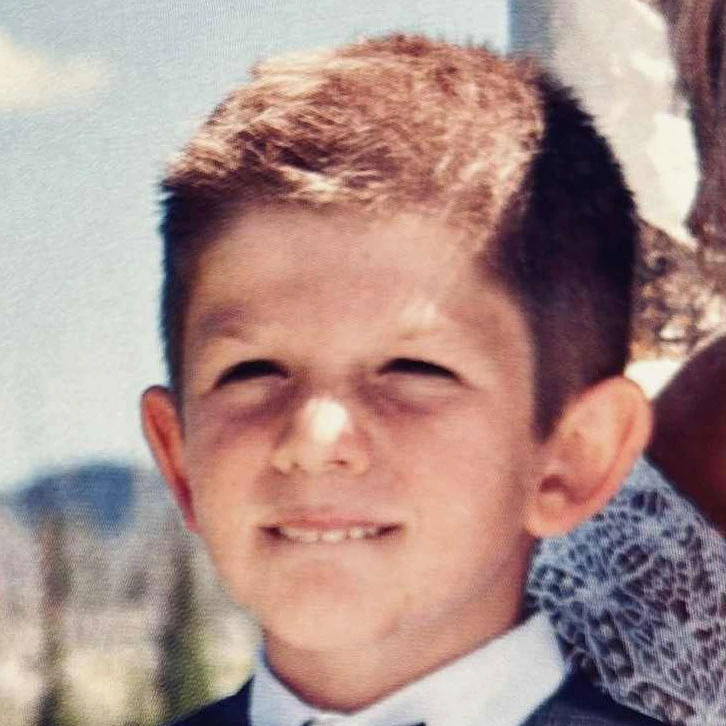
Unaffected Sibling 1
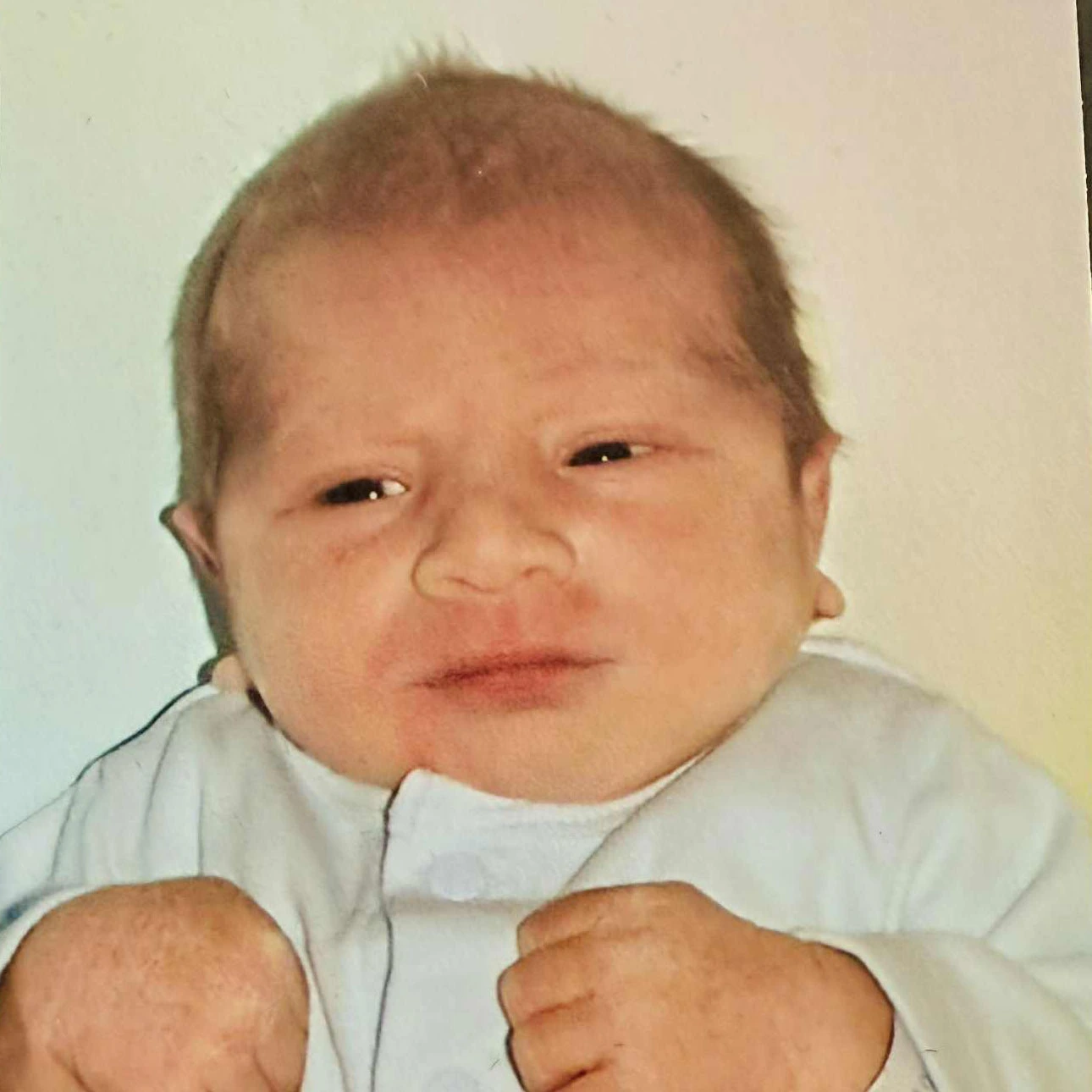


An attenuated child has more distinguishing facial features. You may notice their nasal bridges will be of typical height and shape, and their hair may not be coarse at all. A Sanfilippo child with the attenuated form may not have excess body hair and will grow to a typical height. Many of these children have been diagnosed with Autism or ADHD, and have not received a diagnosis until well into their teens or beyond.
While they may display some of the typical symptoms, such as gastrointestinal problems, issues with fully understanding social norms, or keeping up with their peers, most doctors will not suspect Sanfilippo because they do not seem to “fit the mold” of the typically progressing Sanfilippo child that they’ve read about. There is simply not enough information about Sanfilippo with an attenuated phenotype.
Attenuated Sanfilippo Child 2



Unaffected Sibling 2



An attenuated Sanfilippo child may lead a more “normal” life, perhaps being able to participate in sports and social situations as a typical child would. They can lead a more typical adult life, such as having a job or driving a vehicle. A wide variety of skills can be gained with an attenuated Sanfilippo phenotype, and even a much longer life expectancy. Some individuals diagnosed with Sanfilippo Syndrome with attenuated form can even live into adulthood, well into their 60s.
Typical Sanfilippo Child 3

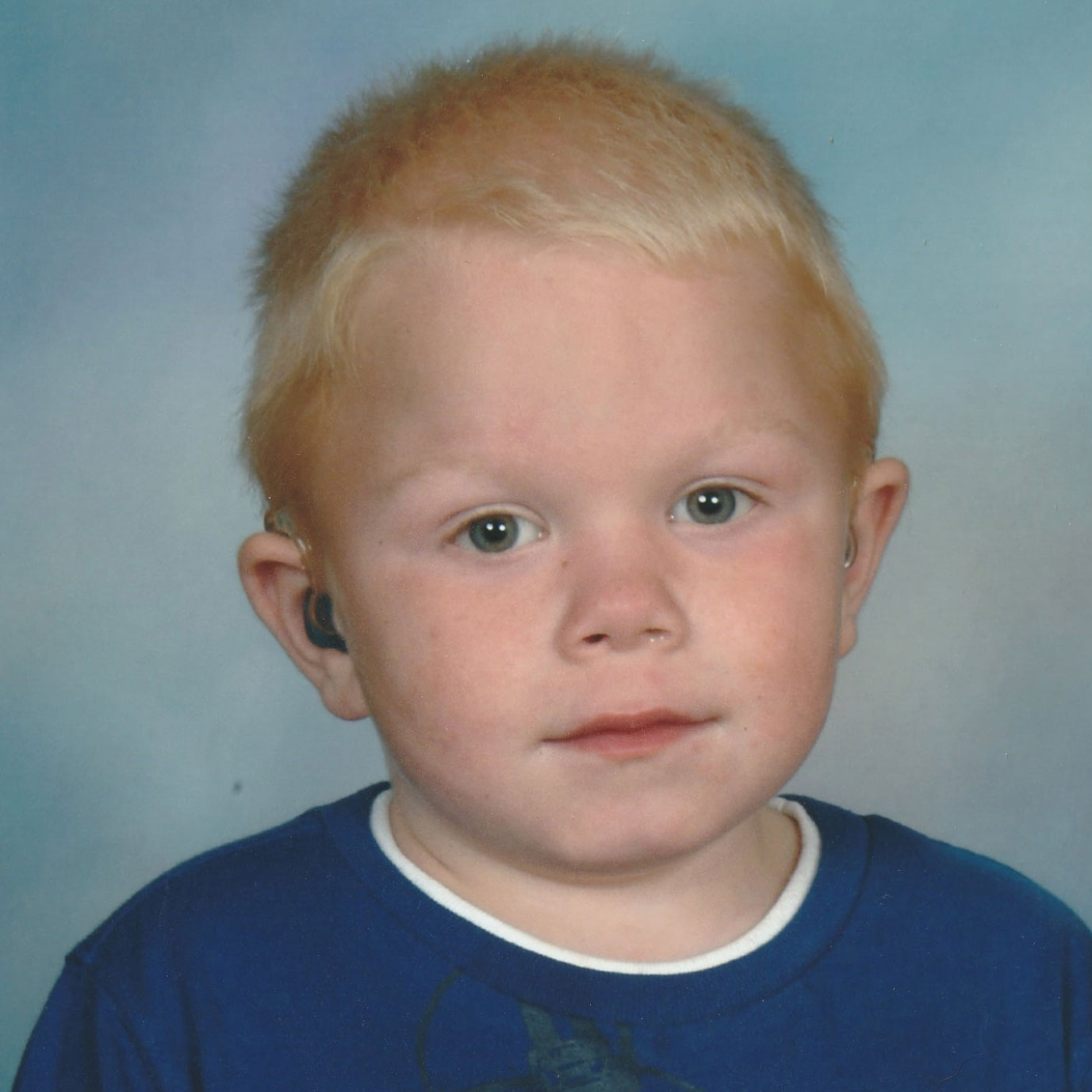
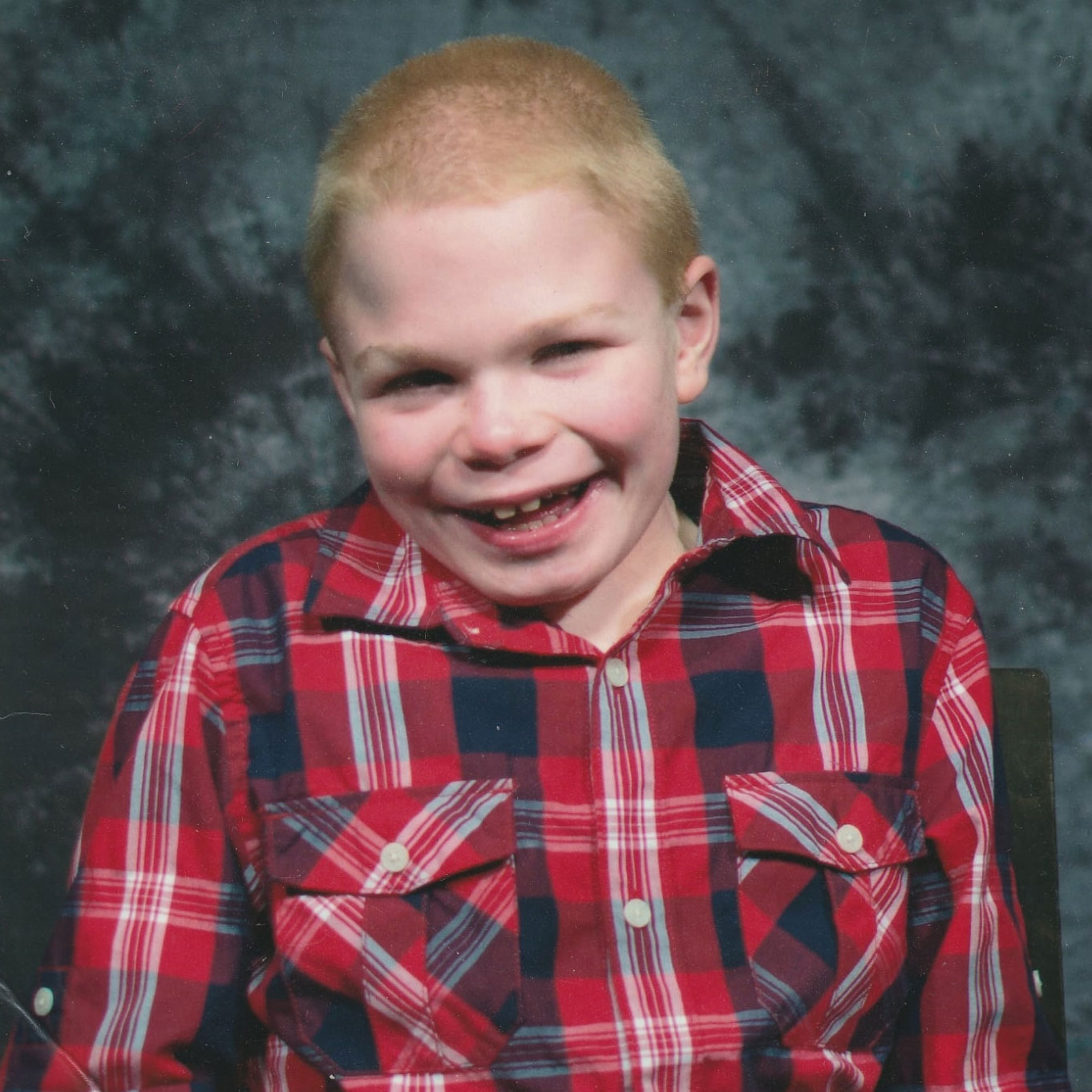
Unaffected Sibling 3



If you suspect your child may have an attenuated type, please speak to your child’s doctor and ask about genetic testing. We are also available here at Team Sanfilippo to answer your questions and assist you in obtaining the necessary testing.
Typical Sanfilippo Child 4



Unaffected Sibling 4


